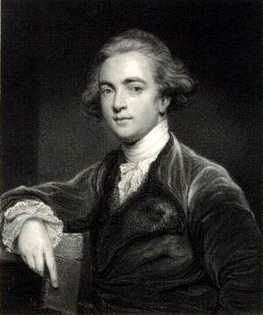Oriental Poetry, Latin Scholarship and the European Enlightenment: The Case of William Jones
This Leverhulme Trust funded project aims to produce an edition and translation of the writings of Sir William Jones (1746-1794) on Oriental poetry, focusing in particular on his Poeseos Asiaticae Commentariorum Libri Sex (1774).
As well as being a scholar, a politician, and a lawyer, Sir William Jones (1746 – 1794) was well known in the late eighteenth and early nineteenth centuries as a poet, a literary critic and a translator. At a relatively early age he had acquired a knowledge of several modern European languages, as well as of classical Latin and Greek, but he was also fascinated by non-European literatures, and learnt Hebrew, Arabic, Persian and Turkish, as well as endeavouring, with rather less success, to learn Chinese. After he went to India in 1783 as a judge, he devoted considerable energy to learning Sanskrit, and wrote extensively on Indian literature.
Before this, however, he had become well known for his writings on what he referred to as “Oriental Poetry”, by which he meant especially that written in Arabic and Persian, and for his translations from those languages. His “Essay on the Poetry of the Eastern Nations” (1772) is familiar to modern scholars of Orientalism, but Jones wrote at much greater length on the topic in French and Latin. This project will prepare an edition and translation of all Jones’s works in this field, including his Latin treatise which was published in 1774 – because it was in Latin, then still widely used as a language of scholarship, it was extremely influential in its own time, but is little read today for the same reason.
The Team
The Principal Investigator (PI) is Dr. John T. Gilmore. Working closely with Dr. Gilmore is Dr. Stefano Pellò (Università Ca’ Foscari, Venice) as Co-Investigator (CI). Affiliated with the project is Tina Janssen who is a PhD candidate researching later receptions of Sir William Jones.

Sir William Jones; an engraving after a painting by Sir Joshua Reynolds
